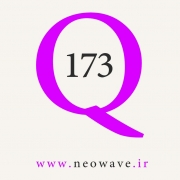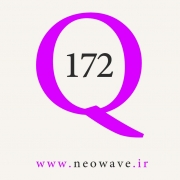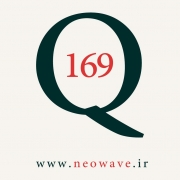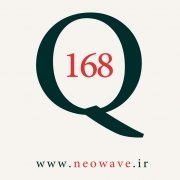ANSWER:
Traditional pattern confirmation, discussed in Chapter 6 of Mastering Elliott Wave, refers to post-pattern price action immediately after the last leg of the previous pattern. For example, after a 5-wave move, it is important that the 2-4 trend line is broken in less time than wave-5 took to form. It is preferable post-price action retrace the entire price range of wave-5 in less time than wave-5 took to form. That type of price behavior helps to confirm an old trend (pattern) has ended and a new trend has begun.
The problem with traditional pattern confirmation is it cannot be used when wave structure is unclear. For example, in long, complex, corrective phases, wave structure is frequently indecipherable. Without a specific wave count, traditional confirmation concepts are useless. As a result, some years after Mastering Elliott Wave was released, I realized the process of confirmation had to be expanded. I was able to do this by exploiting NEoWave’s rigid, “degree” concept.
In complex corrections, when no identifiable pattern can be found, search for the largest, counter-trend move inside the unfinished trend. That provides a “yard stick” by which future trends can be measured. For example, let’s say a market has gone through a long, corrective decline. If that market (all of a sudden) experiences a rally larger and faster than any previous rally during the corrective decline, it strongly suggests the correction is over and a new uptrend has begun.
To avoid problems, this rule should be applied only when wave structure is unclear and you have made sure the minimum time required for the correction has been met (waiting for the correction’s ideal time target is even better). See Chapter 9 for TIME rules that can be used to project a patterns minimum and ideal time conclusion point.
I’m going to call this second type of pattern confirmation Type 2. Since larger degree moves make it obvious when a new trend began, Type 2 confirmation will not normally be used for historical analysis. It is best applied to real-time trading when you must calculate the exact point in price and time where a new, larger degree trend will probably begin.
WARNING: Unlike Type 1 confirmation, Type 2 can provide “false” signals when the pattern unfolding possesses an expanding bias (such as an expanding Triangle or a NEoWave Diametric, which will begin or end with an expanding phase).







آخرین دیدگاهها